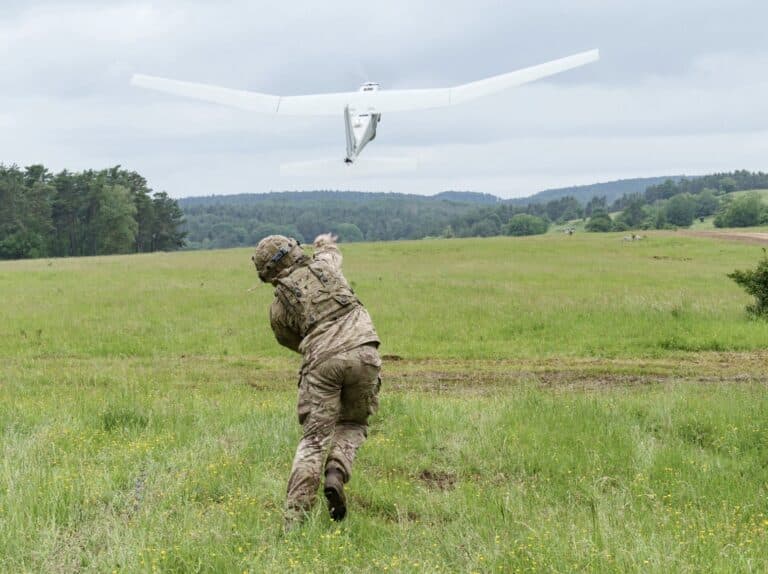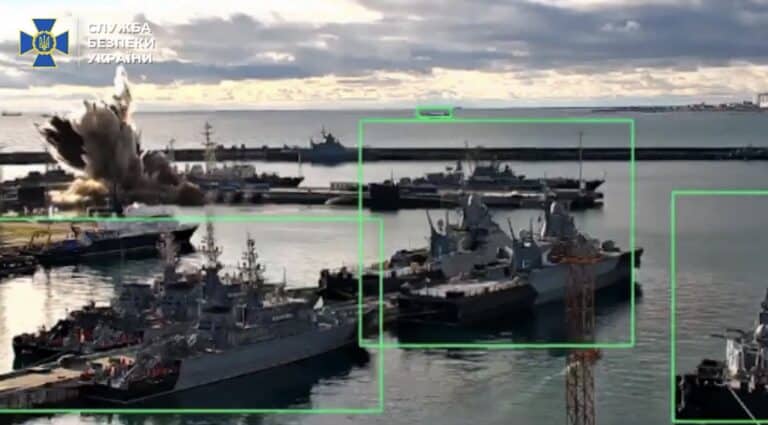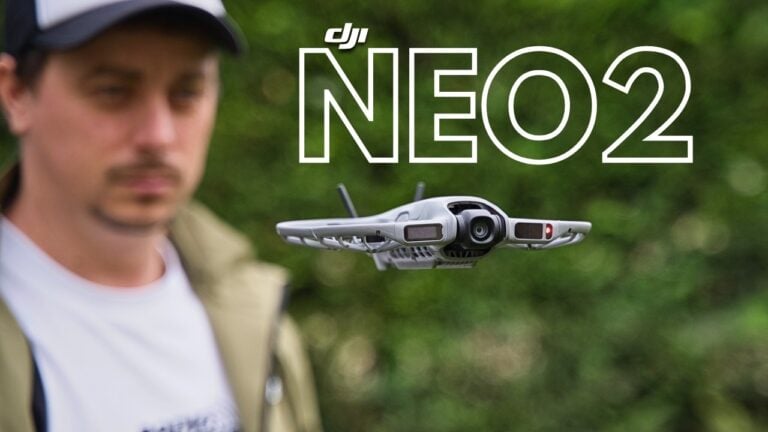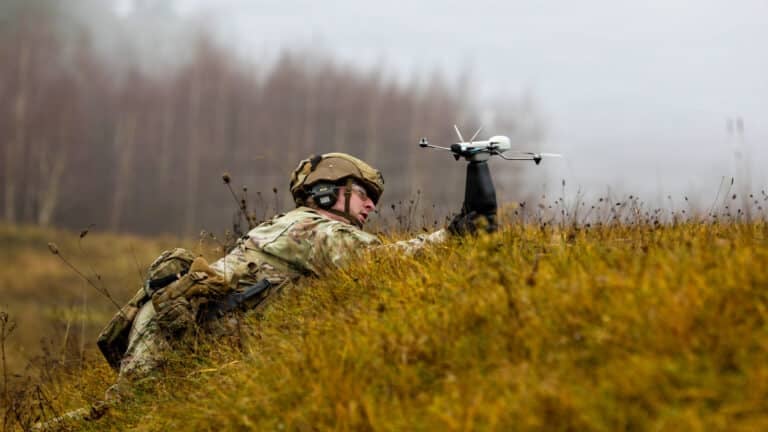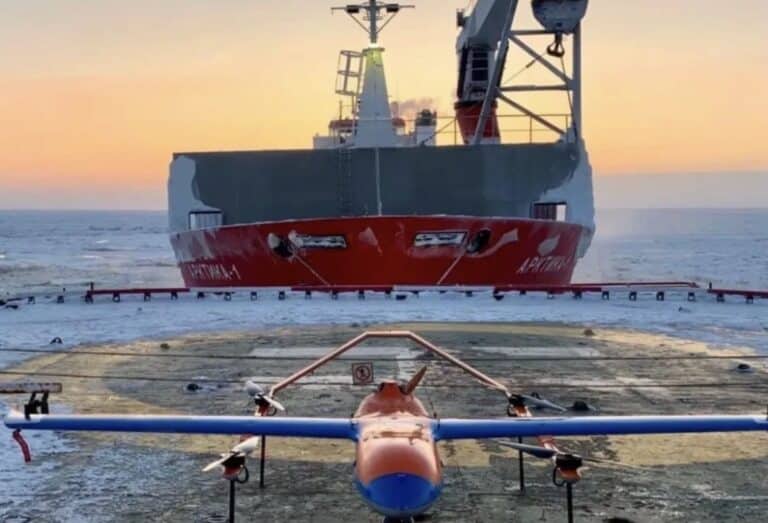The Drone Wars of the Future: Why Taiwan is Not Ukraine

Amazon Drone Deals: DJI Mini 5 Pro Fly More Combo with DJI RC2 now for $1,099!
In the past two decades, drones have gone from a military rarity to a battlefield game-changer. The ongoing conflict between Russia and Ukraine has showcased the critical role of drones in modern warfare. However, according to The Economist a forthcoming paper by the Center for a New American Security (CNAS), a drone war over Taiwan would likely look very different from the one in Ukraine.
The Rise of Kamikaze Drones
While large, fixed-wing drones like the Predator and Reaper dominated a decade ago, loitering munitions or kamikaze drones have gained prominence in recent years. Taiwan could employ kamikaze drones, such as the first-person view (FPV) racing drones used in Ukraine, to target Chinese landing forces. The U.S. could also “flood the airspace” with thousands of larger kamikaze drones to hit enemy ships.
The Range Problem
The main challenge in a potential Taiwan conflict is the vast distances involved. Most small quadcopters used in Ukraine have a range of only a few miles, while even the missile-carrying Bayraktar TB2 can only manage about 186 miles. The closest U.S. base to Taiwan, on Okinawa, is over 497 miles from the Taiwan Strait.

While the U.S. could use motherships to carry drones closer or pre-position them in Taiwan, both options have limitations. The CNAS study recommends developing a “much larger” class of uncrewed aircraft than those prominent in Ukraine.
The Cost Factor
Longer-range drones require larger batteries or engines, increasing weight, size, and power requirements, as noted by a Royal United Services Institute (RUSI) study. While the most common drones in Ukraine are relatively cheap due to battery power, batteries store far less energy per pound than gasoline, a penalty that increases with range.
An American long-range kamikaze drone optimized for a war against China could resemble the Iranian Shahed-136, which costs around $80,000 and has a range of over 621 miles. However, improved sensors and seekers capable of hitting moving targets would significantly increase the cost.
China’s Advantages
China’s proximity to Taiwan allows it to leverage a more favorable range-cost curve, building larger numbers of cheaper systems with shorter travel distances. Its dominance in the consumer drone market also aids in mass-producing small tactical quadcopters during wartime. “If China were to invade Taiwan today,” the CNAS authors conclude, “Chinese forces are better positioned to leverage drones than the United States or Taiwan.”
DroneXL’s Take
The stark differences between the drone wars in Ukraine and a potential conflict over Taiwan underscore the need for the U.S. to adapt its drone strategy. Developing a diverse mix of drones, including larger, longer-range systems, will be crucial in countering China’s advantages.
As highlighted in recent DroneXL articles, the U.S. is already taking steps to address these challenges. The Pentagon is pushing the industry to build drones cheaper and faster, recognizing the importance of cost-effective solutions. Companies like Red Cat Holdings are introducing new ISR and precision strike drone systems to meet the evolving needs of modern warfare.
As the global security landscape continues to shift, the U.S. must remain at the forefront of drone technology and adapt its strategies to ensure readiness for future conflicts, whether in Europe, Asia, or beyond.
Discover more from DroneXL.co
Subscribe to get the latest posts sent to your email.
Check out our Classic Line of T-Shirts, Polos, Hoodies and more in our new store today!

MAKE YOUR VOICE HEARD
Proposed legislation threatens your ability to use drones for fun, work, and safety. The Drone Advocacy Alliance is fighting to ensure your voice is heard in these critical policy discussions.Join us and tell your elected officials to protect your right to fly.
Get your Part 107 Certificate
Pass the Part 107 test and take to the skies with the Pilot Institute. We have helped thousands of people become airplane and commercial drone pilots. Our courses are designed by industry experts to help you pass FAA tests and achieve your dreams.

Copyright © DroneXL.co 2025. All rights reserved. The content, images, and intellectual property on this website are protected by copyright law. Reproduction or distribution of any material without prior written permission from DroneXL.co is strictly prohibited. For permissions and inquiries, please contact us first. DroneXL.co is a proud partner of the Drone Advocacy Alliance. Be sure to check out DroneXL's sister site, EVXL.co, for all the latest news on electric vehicles.
FTC: DroneXL.co is an Amazon Associate and uses affiliate links that can generate income from qualifying purchases. We do not sell, share, rent out, or spam your email.




